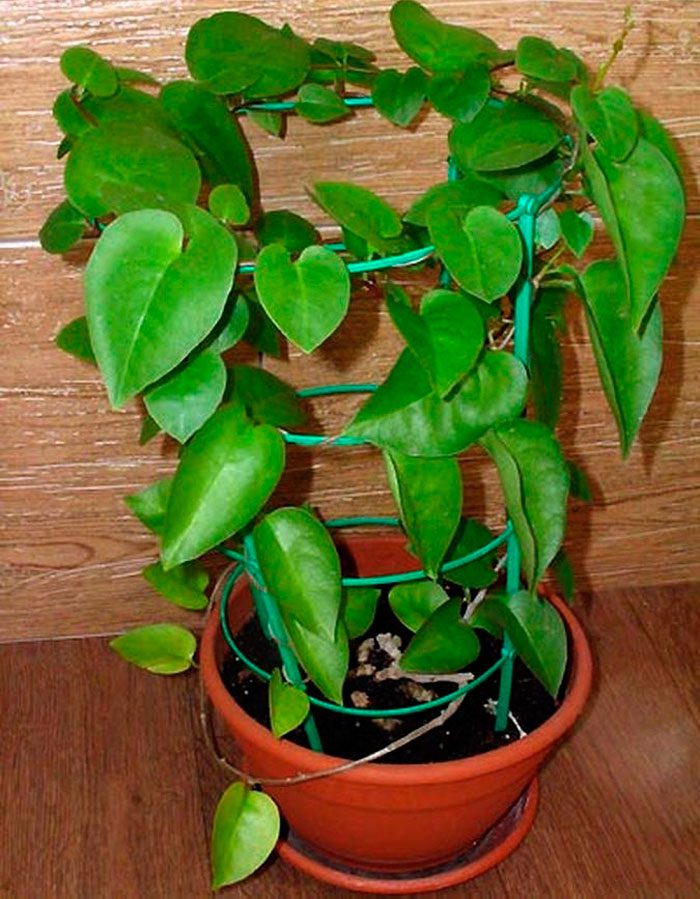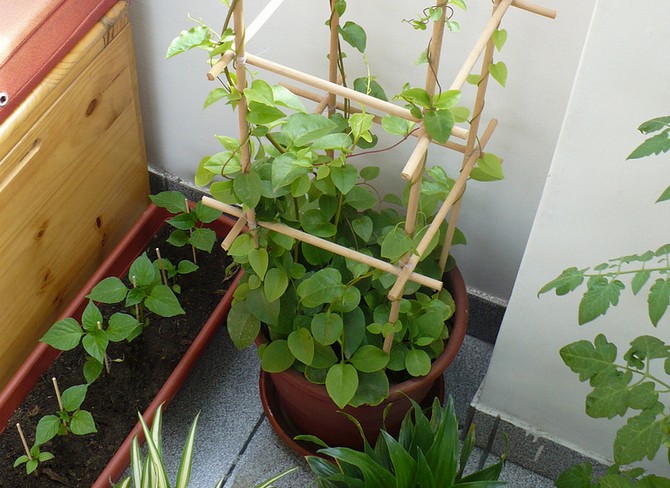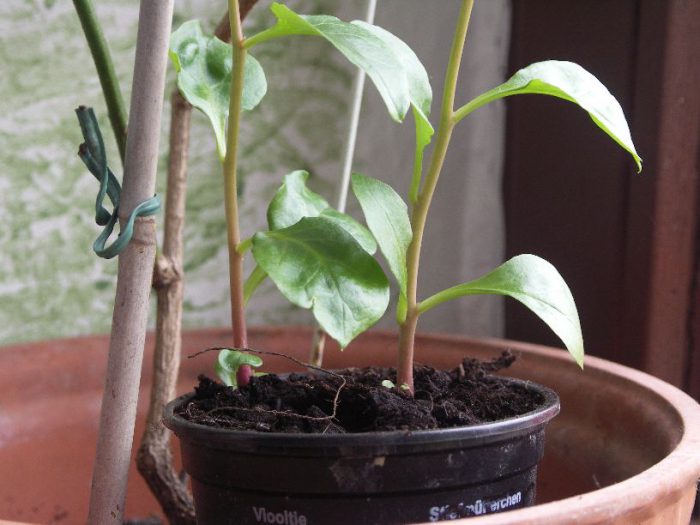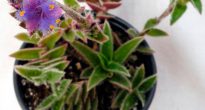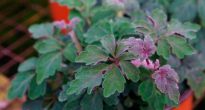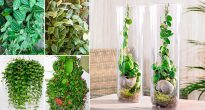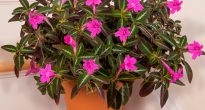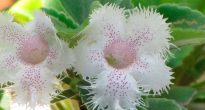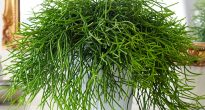A herbaceous plant like unredera (Anredera) is a perennial and is directly related to the Basellaceae family. It comes from the tropical regions of Asia and South America.
This herbaceous perennial plant is a fast-growing liana. It has curly stems and a cluster of pineal-shaped silvery-brown root tubers. As they grow, they begin to protrude above the surface of the substrate.
The fleshy leaves are arranged alternately and have a wide-oval, heart-shaped shape. Small whitish-green flowers are part of inflorescences that have the shape of an ear or a brush, which are formed in the leaf sinuses. They can be both mono- and bisexual, while they have a very delicate smell.
Content
Main types
Anredera cordifolia
Such a herbaceous climbing plant is a perennial. In height, it can reach from 3 to 6 meters. The pineal-shaped rhizome looks like a tuber. In the process of growth, daughter ones are formed on the maternal tuber, and nodules also grow in the leaf axils. The length of the luscious glossy sheet plates is about 7 centimeters, and the width is 2-3 centimeters. Pointed leaves have a wide oval shape. The racemose inflorescences bear small white flowers that have a delicate pleasant scent.
Caring for anredera at home
Illumination
It grows and develops normally in bright, diffused lighting. It can withstand not a very large amount of direct rays of the sun, but the tree should be taught to them gradually. In spring and summer, it is necessary to shade the anreder from the direct rays of the midday sun if it is on a windowsill or near a south-facing window.
Temperature regime
In spring and summer, the plant feels normal at temperatures from 20 to 25 degrees. With the onset of the autumn period, the temperature should be gradually reduced to 12-17 degrees. In winter, there is a dormant period. For this period, the tubers are placed in sand or soil for storage and harvested in a cool (from 10 to 15 degrees) place.
How to water
During the growing season, abundant watering is required. So, it is necessary to water the plant after the top layer of the substrate has dried. With the onset of the autumn period, watering should be reduced. After the stems are completely dry, the plant will not need to be watered at all.With a cold winter content, watering is not done, and if the plant is warm at this time, then it is necessary to slightly moisten the topsoil from time to time.
Humidity
It grows and develops normally at low air humidity, which is inherent in city apartments.
Top dressing
Top dressing is carried out from March to September, once every 2 weeks. For this, a complex fertilizer is used.
Transplant features
The transplant is carried out in the spring and only if necessary, for example, when the roots no longer fit into the container. A suitable soil should be nutrient-dense, loose and breathable. To prepare the soil mixture, it is necessary to combine humus, leafy soil, sand and peat, which should be taken in equal proportions. Do not forget to make a good drainage layer at the bottom of the container.
Reproduction methods
It can be propagated by cuttings, tubers and seeds.
Air nodules appear in the leaf axils, they take root rather quickly.
Rapid rooting of cuttings is possible in a warm environment. In this case, they need to be planted in a substrate consisting of sand and peat.
Sowing can be done in March or April. Seedlings appear quickly enough. They are transplanted into separate pots after picking. They are undemanding to care for, but they need good lighting.
Pests and diseases
Can settle spider mite, mealybug or aphid.

